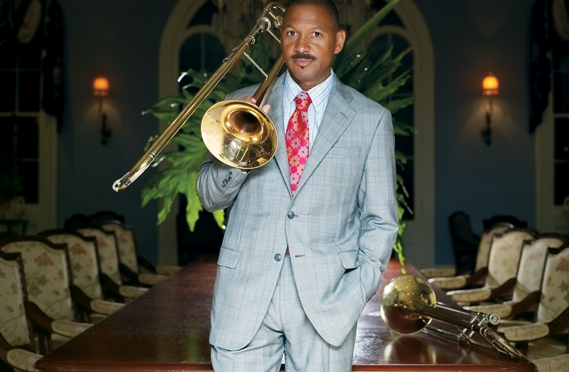My band, based in Houston, Texas, is booked to perform at a number of Canadian venues in early October. It’s our first time and we have been told that there are certain requirements for getting into the country, and we’re not sure what to expect. Can you help?
Some of us remember the “good old days” when all you needed to cross the border into Canada was a driver’s license and a birth certificate. Since 2009 this is no longer possible. Now, if you are traveling by air you need a US passport (or a NEXUS card) to enter Canada and you will need the same to get back into the US. If you are driving or coming by boat, you will need a US passport, passport card, or an enhanced driver’s license (available in Michigan, New York, Vermont, and Washington).
If you are a lawful permanent resident of the US, your Green Card will allow you to cross the border both ways, regardless of your mode of transportation. Canada requires a visa for holders of passports from certain countries. Check the Canada Government website: http://www.cic.gc.ca/english/visit/visas.asp, if you are unsure about your band members. Getting a visa online can take well over a month. Start the process early. Check to see if any members of your group require an Electronic Travel Authorization (eTA) as well: http://www.cic.gc.ca/english/visit/eta.asp.
Savvy border crossers traveling by car know that it is faster to cross at certain border crossings. Times can also vary depending upon the traffic flow and volume, time of day, and time of year. Check wait times in advance at: http://www.cbsa-asfc.gc.ca/bwt-taf/menu-eng.html.
In order to avoid any complications while crossing borders with musical instruments, there are two options available: the ATA Carnet (http://www.atacarnet.com) or an inventory list. The list should include item descriptions; serial numbers; costs, dates, and places of purchase; and current resale values. Be sure to take this list into the border office of your home country and have it stamped by a border official. The border official will examine the instruments to verify the list, so it is best if the instruments are clearly marked with owner/group name (if applicable) and perhaps numbered to correspond with the list. You should also declare any CDs or
merch you are bringing into the country.
Having the required documents does not guarantee admission into Canada. All visitors to Canada have to also undergo an interview with a Canadian Border Services Agency (CBSA) officer upon arrival to determine admissibility into the country. Be sure to have your passport or other documentation, including vehicle ownership and performance contracts, ready for inspection. Remove any sunglasses, and look the agent in the eye when answering. This is not the time for jokes or unseemly behavior. You want to impress upon the border officer that you are law-abiding and respectful of authority.
For most foreign artists, entry into Canada is relatively easy. A work permit is not required in most cases. Crossing the border can be as simple as answering a few questions about the purpose of your trip, where you are going, and what you will be doing there. To avoid delay, be prepared with simple straightforward answers to the questions the officer might ask, and voilà—welcome to Canada.
I welcome your questions and concerns. Please write to me at: robert@bairdartists.com. While I cannot answer every question I receive in this column, I will feature as many as I can and I promise to answer each and every e-mail I receive.




















